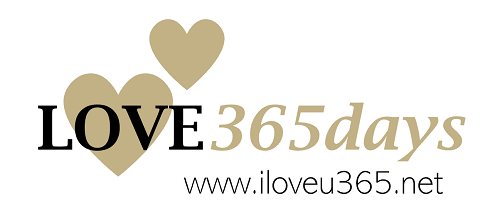From childhood, we begin to recognise the significance of body language. As children, interpreting a parent's frown or nod could predict the outcome of our requests for toys or trips to Disneyland. As we mature, the ability to interpret body language becomes crucial, particularly in social interactions and negotiations. For men in dating scenarios, understanding a woman's body language is vital, as it can significantly influence the dynamics of the interaction and potential relationship outcomes.
Body language in women can be categorised into positive and negative signals, each providing cues about her thoughts and feelings.
Positive Body Language Indicators:
- Proximity: She may move closer to you if she finds the conversation engaging or if she's interested in you.
- Eye Contact: Maintaining eye contact and ignoring distractions can indicate interest and focus on the conversation.
- Physical Touch: Seeking opportunities to touch might suggest comfort and a desire to deepen the connection.
Negative Body Language Indicators:
- Distance: Increasing distance can suggest discomfort or disinterest.
- Distraction: Looking around the room instead of focusing on the conversation might indicate boredom or a lack of engagement.
- Closed Posture: Crossed arms and overall closed posture may signal defensiveness or disinterest.
Further, there are nuanced signs that might indicate deeper cognitive engagement or contemplation:
- Chin Stroking: This action suggests she is weighing the pros and cons of the conversation or proposal.
- Handling Glasses: Removing glasses to clean them or placing the frame tip in her mouth can indicate a need for pause to think or a readiness to listen more intently for additional details.
- Nose Pinching: Often accompanied by closed eyes, this gesture is common in deep thought, particularly in stressful or consequential situations.
- Critical Gestures: Placing a palm below the chin with fingers extended along the cheek, especially if other fingers are beneath the mouth, may indicate critical or antagonistic thinking.
- Reflective Walking: Walking with the head down and hands behind the back often signifies worry, reflecting deep thought about personal concerns or challenges.
Understanding these body language cues can enhance one's ability to navigate not just romantic engagements but also professional and social interactions effectively. Recognizing and responding appropriately to these signals allows for adjustments in approach, potentially leading to more successful and meaningful exchanges.
